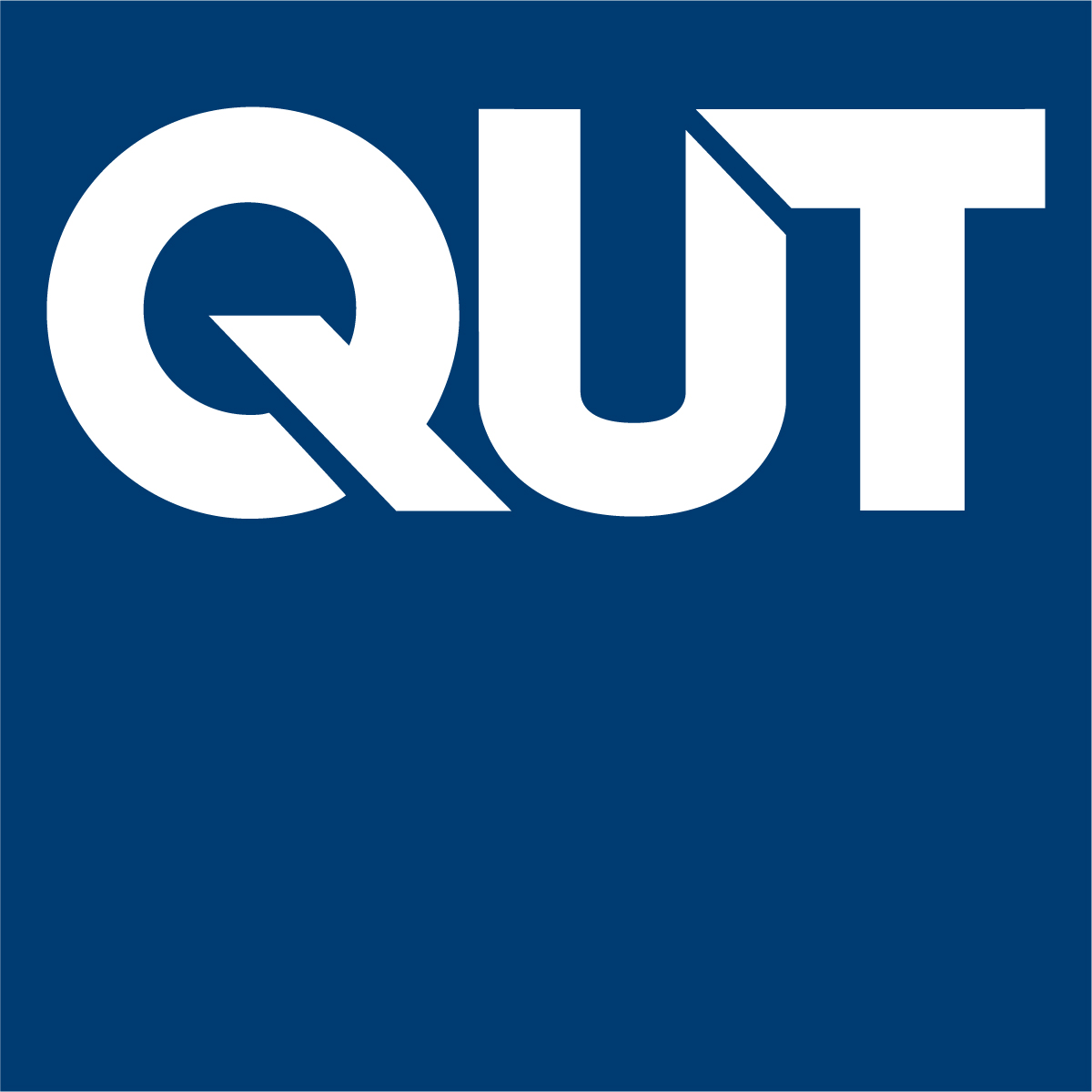Cardiff.
The next speaker at the Future of Journalism conference is Arne Krumsvik, who says that new media are important and will continue to be so, but that old media will continue to fund journalism. Digital news media products will have strategic value in the future, but fail to generate substantial funds, so the main source of finances will continue to be conventional media products.
Porter suggests five key market forces: immediate competition in the market, the bargaining power of buyers, the bargaining power of suppliers, possible new entrants to the industry, and substitute products that come from one industry but fill a need in the other, to the other’s detriment. Traditionally, none of these have been strong in the news market: competition is limited, and therefore news organisations have strong bargaining powers; they often own their own supply chains. New entrants into print or broadcast are comparatively rare, and rarely successful, and few substitute products from other markets are available.
This has changed with the rise of online media, of course: online papers and other news sites are now becoming available – but many of these substitute products are operated by the same mainstream news organisations, so they are not true substitutes. Nonetheless, there have been significant changes to the barriers of entry.
Online media work very differently: there is substantial competition; consequently, they have little bargaining power, and new entrants and substitutes arrive all the time – this means that significant revenue prospects are very limited in this context. So, for the newspaper market, the main issue are the substitutes (often provided by the companies themselves, online); for television, the barriers of entry are declining, leading to more competition; online, there’s little serious money available. We’re dealing with an integrated system, though, and so the main recommendation from this overview is to create a bundle of services across multiple platforms.












